3 Postural Adaptations to Conditioning
Part 2 – Prompts to explore the relationship between your posture and identity
We are often taught to look at posture only through a biomechanical lens. If you have been trying to improve your posture, you have probably come across articles and videos that put posture into categories such as kyphosis, lordosis, flat back, sway back, forward head posture, or scoliosis. They usually stop there, prescribing what muscles are tight, what muscles are weak, and which exercises to do.
This way of looking at the body can be useful, but it rarely leads to lasting change. That is because it leaves out the deeper conversation about why your posture adapted the way it did in the first place and how it helped you belong, survive, or protect yourself.
Last week, we explored the layers of postural conditioning: familial, cultural, and systemic. Understanding the layers of conditioning is the first step. I encourage you to pause and start there if you haven’t done the exercises from last week ⬇
The next is recognizing your postural response to these layers, which will be the topic of today. Each of us responds differently. For example, one child who was bullied might shrink and hide, while another might puff up and become aggressive. Same trigger, very different postural stories.
There are many directions we could take with postural responses, but for this practice, we will keep our focus on the sagittal plane, the side view of the body. From this angle, you can clearly see the curves of the spine, the tilt of the pelvis, and the alignment of the head. We will explore how these elements shift between extension and flexion, and what they reveal about your postural conditioning.
Before we go deeper, take a moment and see which of these postures do you associate with?
For context:
Photo 1 shows an unconditioned posture, which is both optimal and adaptable.
Photos 2 and 3 show extension postures.
Photo 4 shows a flexion posture.
Photo 5 shows a mix of flexion and extension.
Since I began working as a personal trainer in 2016, I have worked with hundreds of people facing injuries, postural imbalances, and physical challenges. Over time, I saw the same patterns emerge again and again. This past year, I pulled those insights together into a simple yet powerful framework, one that makes posture more understandable and more applicable to daily life. From this process, the Discover Your Body’s Story quiz was born.
To make it easier to follow, I grouped postural patterns into three main categories:
1/ Extension Posture
This posture often shows up in people who are always striving, pushing through, and disconnected from inner sensations and emotions. It carries a deep fear of failure or losing momentum, often fueled by perfectionism, pressure, and the fear of stopping or seeming weak.
Reflection question: Where do you notice yourself pushing past your limits to keep moving, and what might it feel like to pause instead?
2/ Flexion Posture
Known as the posture of shame, this pattern often develops as a way to shrink presence to avoid conflict or rejection. It reflects a deep fear of being too much or burdening others, often tied to people pleasing, fawning, or early experiences of invisibility.
Reflection question: Where do you notice yourself shrinking to avoid conflict or rejection, and what might it feel like to take up a little more space?
3/ Mixed Posture
This posture is rooted in the experience of needing to stay hyper aware of surroundings and constantly adapting to external expectations. It carries a deep fear of not being accepted and often shifts between roles or postures depending on who is in the room.
Reflection question: Where do you notice yourself shifting shape to belong, and what might it feel like to stay you?
Your posture is not random. It is a living record of your adaptations. When you start to see your body not just as biomechanics, but as a reflection of your story, you open the door to lasting change.
👁️ What your body has been trying to tell you?
If you want to go deeper and explore your body’s story, take this quiz to see what patterns show up for you!
The way we hold ourselves matters. Not just because of how it looks. But because it shapes how we live, how we relate, and what we’re capable of imagining. Let your body speak. Let it interrupt the collective war and offer you a new way of being entirely.
Client’s Unconditioning ↓
If you feel called to re-pattern your body, regulate your nervous system, and reclaim your power, I invite you to book The Alignment Diagnostic call with me: https://tidycal.com/hedishah/the-alignment-diagnostic
During this session, we’ll assess your body’s current state, uncover hidden imbalances, and create a personalized movement plan to help you shift from tension into alignment.
Offerings↓ ↓
꩜ Monthly Reset
Oct 29th . Wednesday . 3 pm GMT
These sessions are designed to release the stress you have been carrying, reconnect with your body’s wisdom, and step into the new month with clarity and intention. In the final week of each month, we will come together for:
Nonlinear movement to shake off tension and emotional residue
Guided reflection to integrate what the month brought
Intentional planning to meet the next cycle grounded and resourced
This is about returning to your center, unconditioning yourself from systems built to keep you small, and living a sovereign life. Come as you are.
Leave lighter, clearer, and more connected.
Prepration:
- Wear comfy clothes
- Have plenty of space to move around
- Bring a pen and paper
Duration: 45-60 mins
Where: Insight Timer
Cost: Free or donation-based
Thank you for joining me on the path of unconditioning,
––––––––––––––––––
Hedi Shah
––––––––––––––––––
👁️ Bodyworker & Mindfulness Teacher
🌊 Teaching change makers to uncondition their bodies, nervous systems, and voices from systems built to keep them small so they can move, speak, and live with sovereign power.
📲 Website | Youtube | LinkedIn | Insight Timer

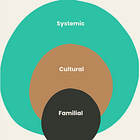
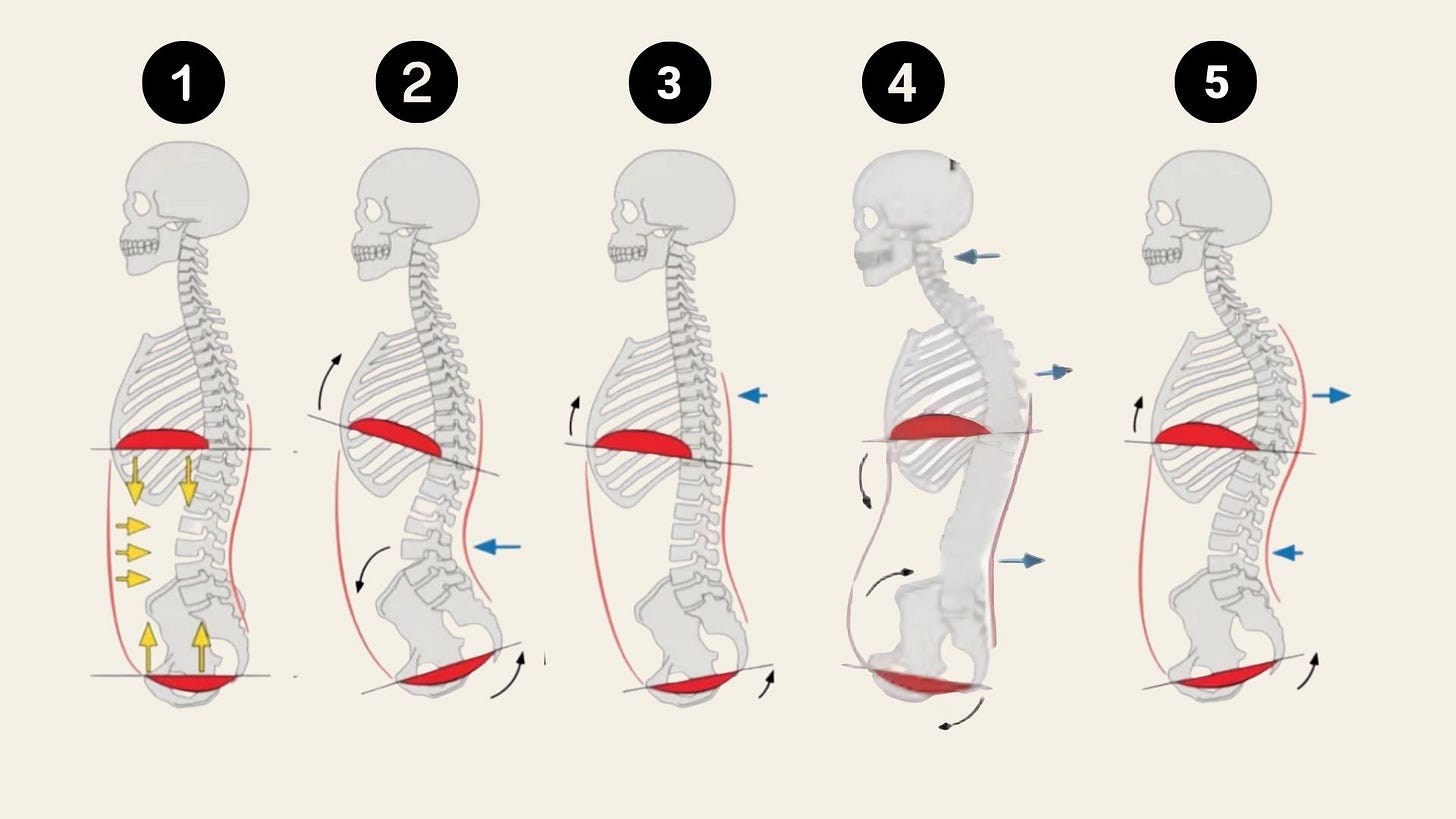
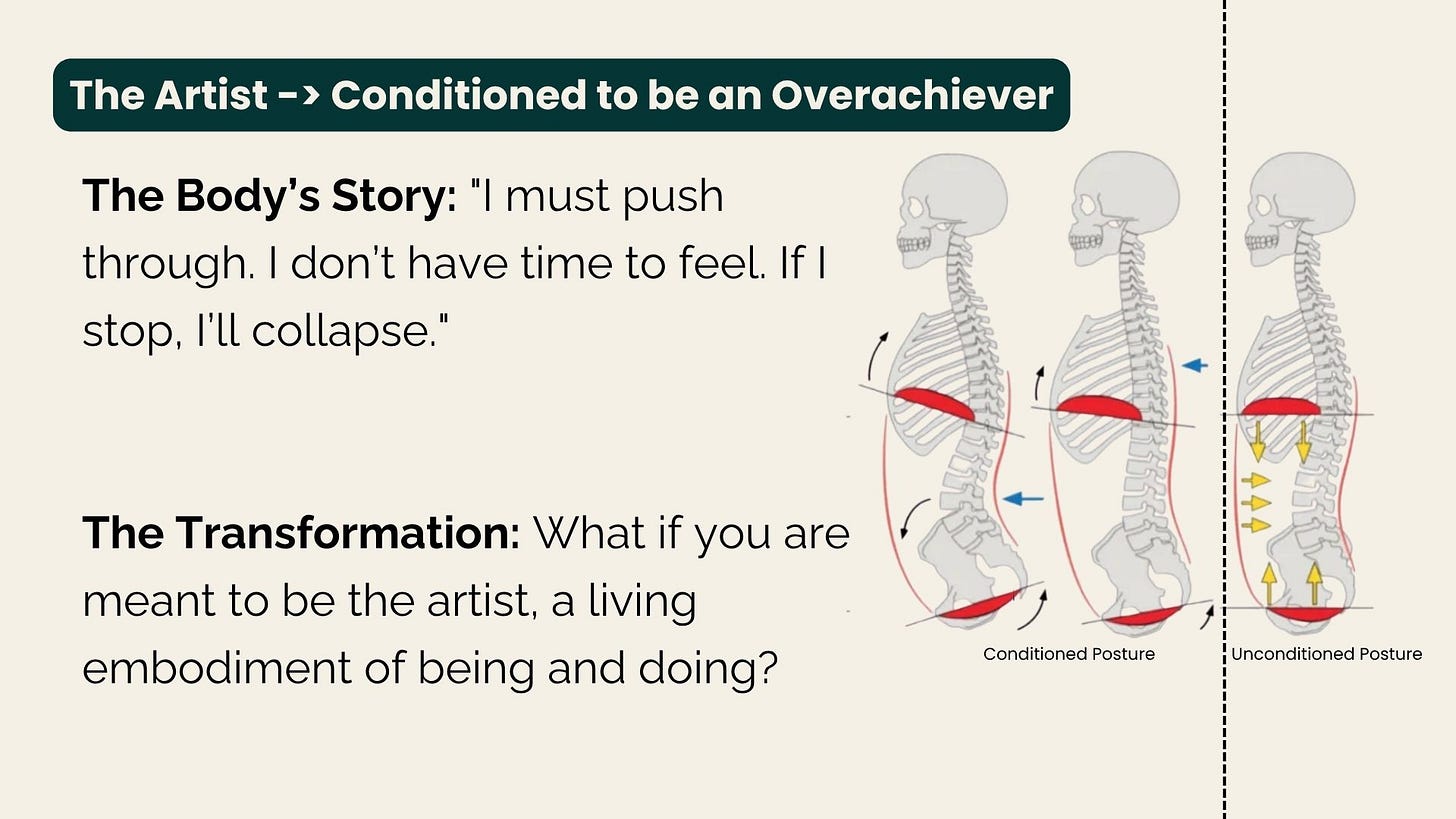
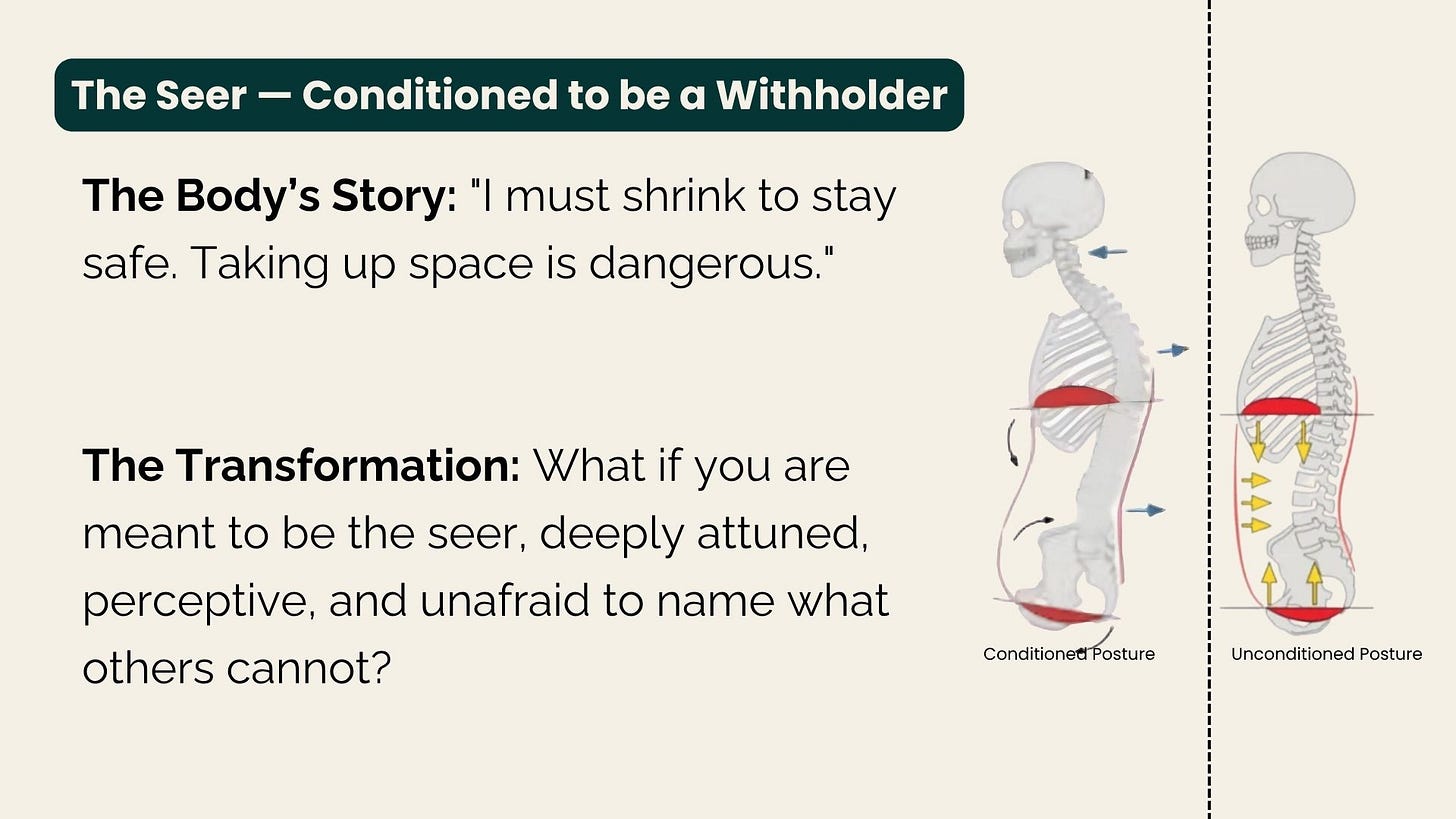
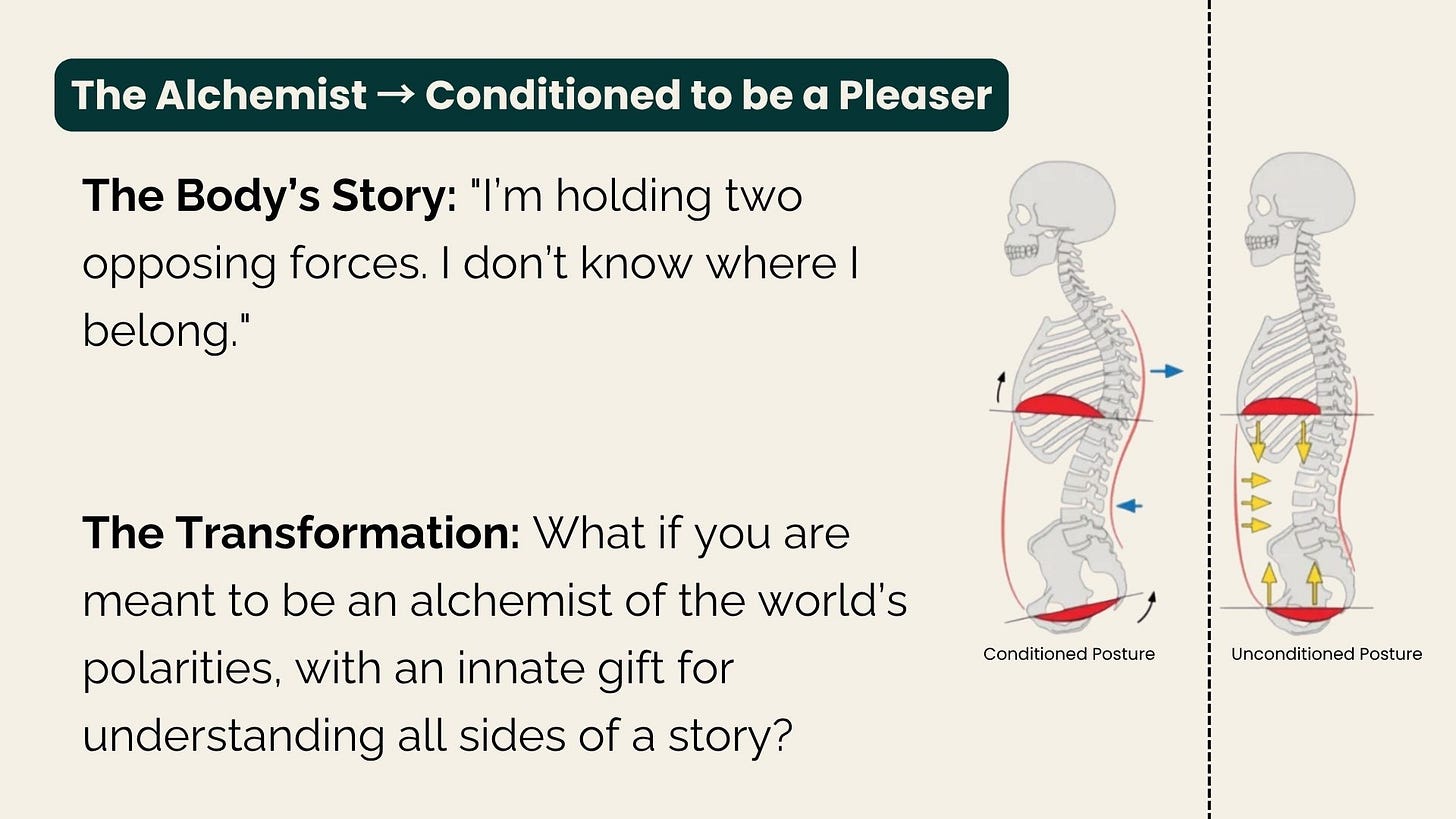


Hedi, I continue to find your material brilliantly illuminating. Thank you so much!